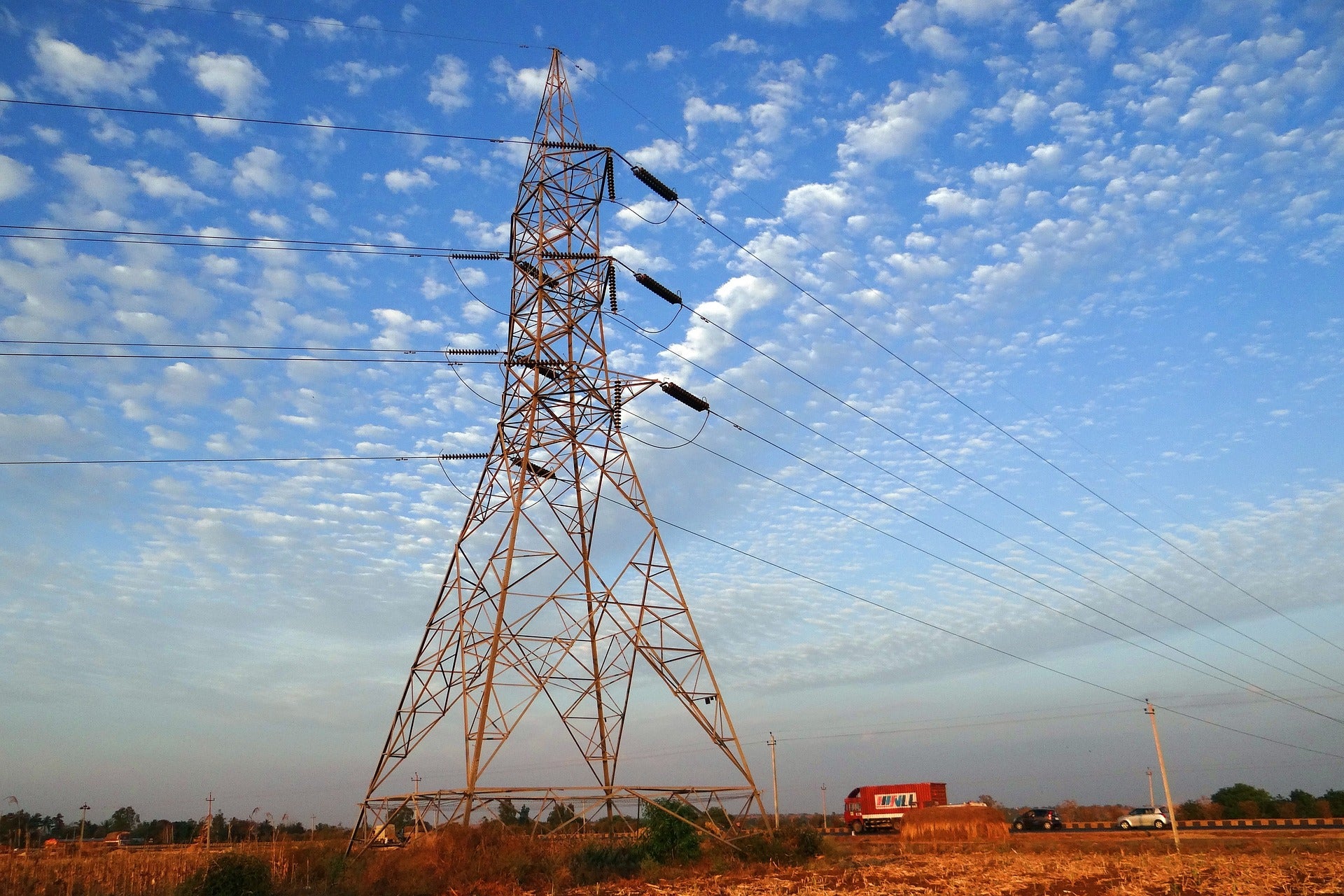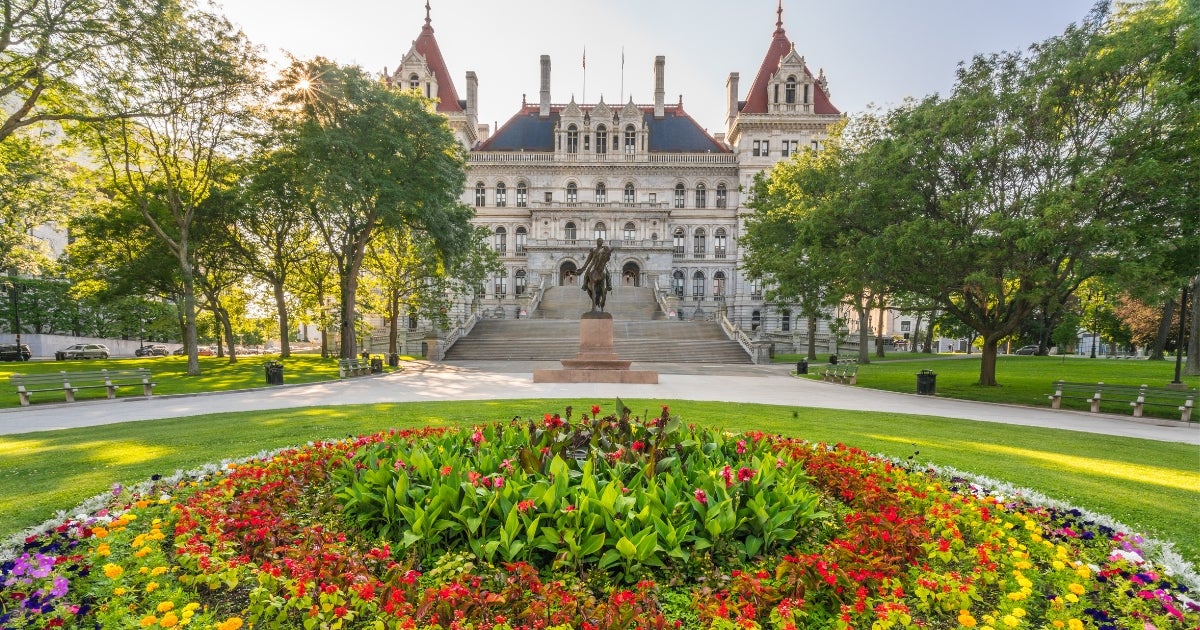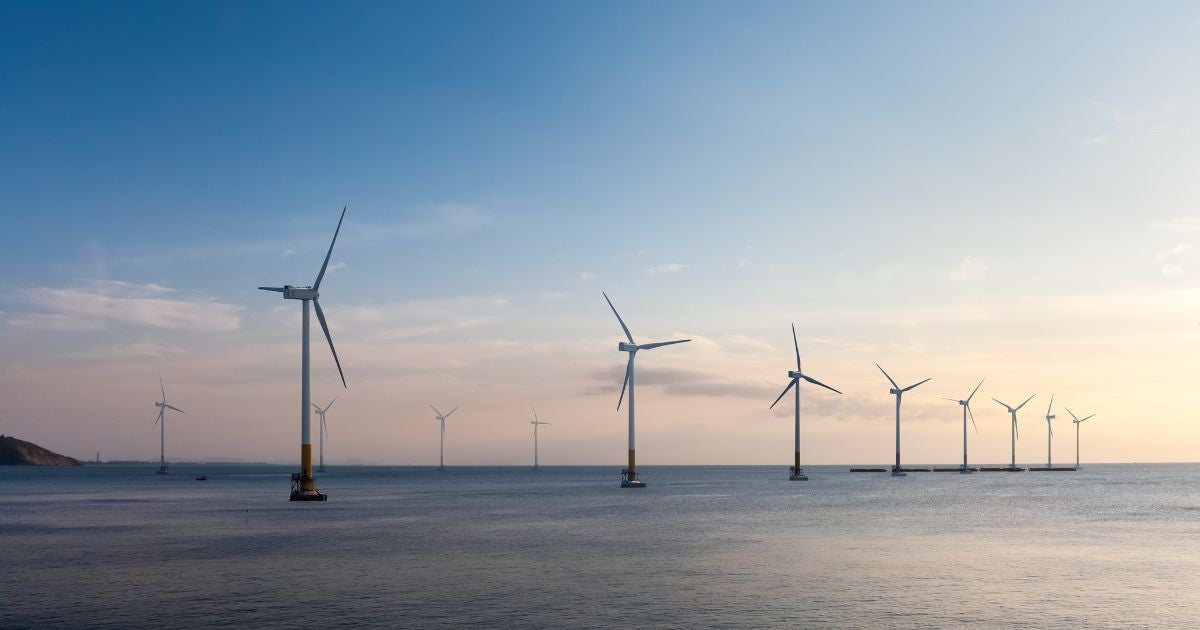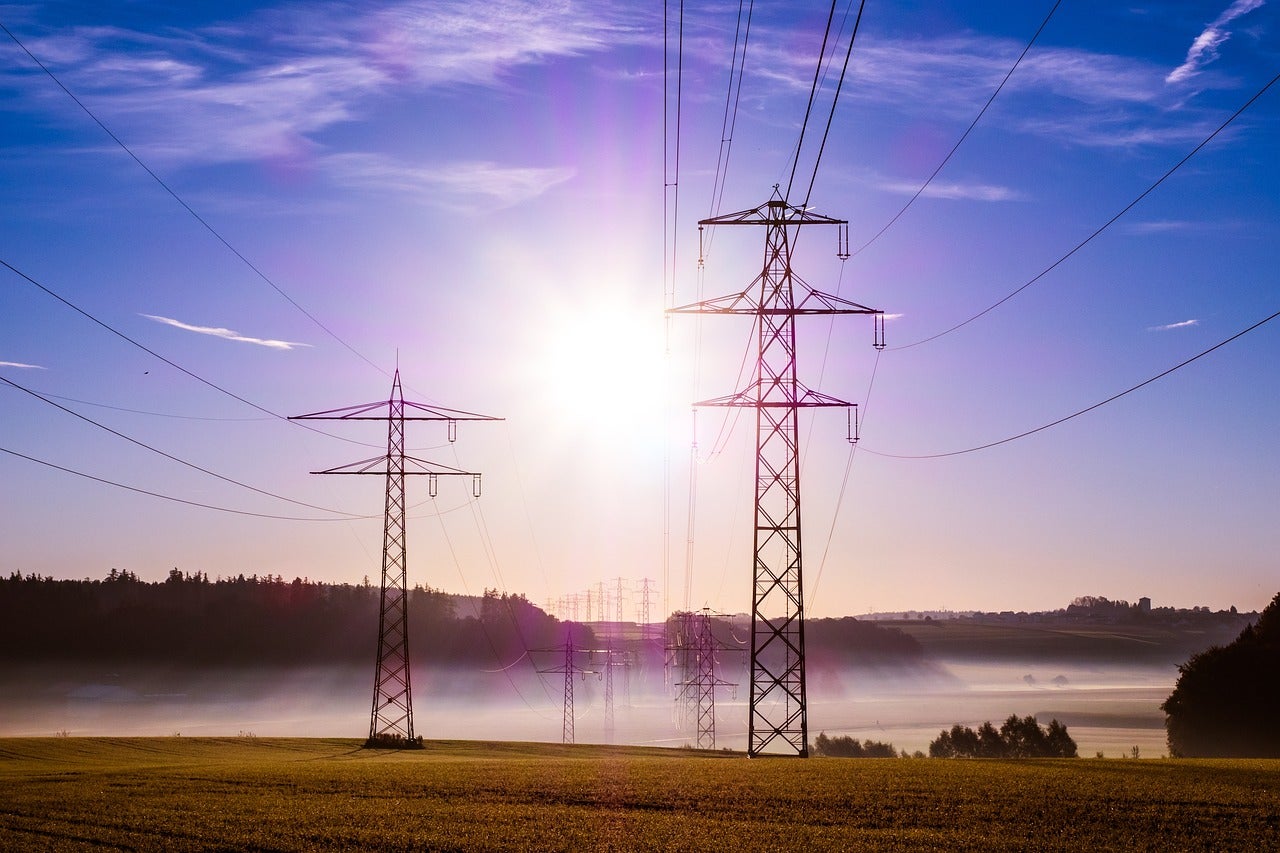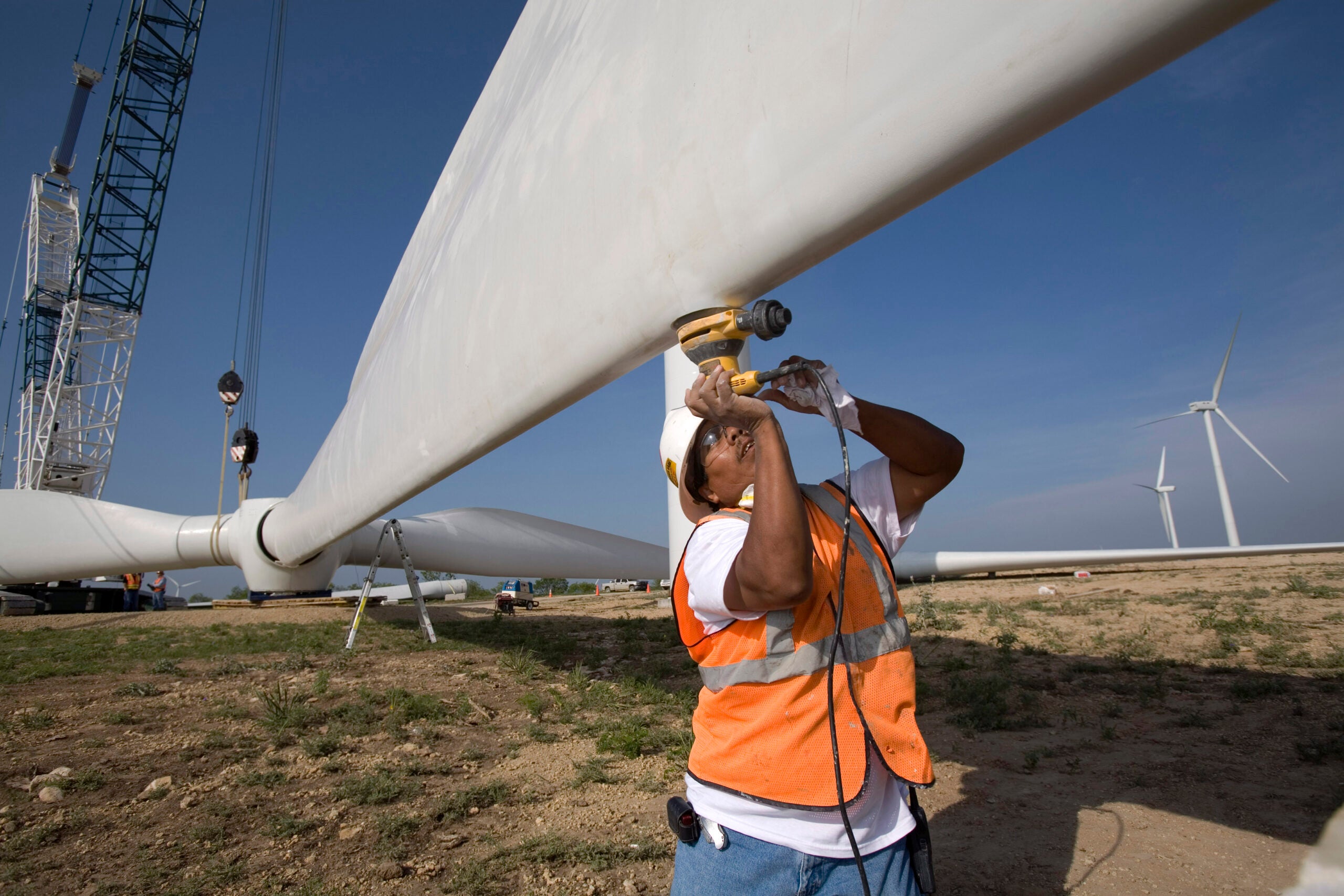Written Q&A with Mayor Rex Richardson on Climate and Economic Progress in Long Beach, California
Long Beach, California, is showing communities around the country why embracing the clean energy economy is a winning strategy.
Home to one of the busiest port complexes in North America, with a long reliance on revenue from oil and gas, Long Beach is now charting a new path that marries climate progress and economic progress. Under Mayor Rex Richardson’s leadership, the city is making bold moves to electrify its port and cut harmful pollution, land coveted EV manufacturing jobs, and leverage billions in federal investment from historic climate laws – all while lifting up frontline and disadvantaged communities hit hardest by pollution and climate impacts.
EDF has worked with Long Beach to host a roundtable of climate stakeholders to support their Climate Action Plan and continues to collaborate with the city through its partnership with the African American Mayor’s Association. To get deeper insights on the city’s transformation, I asked Mayor Rex Richardson about Long Beach’s climate and economic plans, some of the exciting projects that are underway now and what other mayors can learn from his approach.
Let’s start with some big recent news: Ford has officially chosen Long Beach as its new home to develop its next generation of small, affordable EVs. What kinds of jobs and business opportunities will this new manufacturing facility bring to Long Beach? What has the response from the community been?
RR: In the City of Long Beach, we are laying the foundation for the Long Beach of the future — a global, sustainability-centered hub that attracts emerging companies, industries, and technologies in clean and renewable energy. Our recent announcement that Ford Motor Company has chosen Long Beach as the home for its new Advanced Electric Vehicle Development Center is evidence of our unwavering commitment to move full-speed ahead towards a zero-emission future.
Ford plans to open their research-and-development campus in Douglas Park, adjacent to Long Beach Airport, in early 2025. This campus will include two buildings and will host around 450 employees focused on designing Ford’s next generation of low-cost, electric vehicles.

Long Beach Mayor Rex Richardson with Doug Field, Ford’s Chief Officer of EVs and Digital Systems, and Alan Clarke, Ford’s executive director of Advanced EV Development, at the city’s Grow Long Beach 2024 event announcing the automaker’s new EV development center. Photo courtesy of Long Beach, California.
As a part of our Grow Long Beach Initiative, and our city’s ongoing efforts to transition away from oil production revenues as a core funding source for city services, we are placing a focus on growing our economy by drawing thousands of new advanced manufacturing and engineering jobs that will support local Long Beach residents with competitive wages, and will allow graduates from our local schools and universities to buy a home and set roots in our community.












